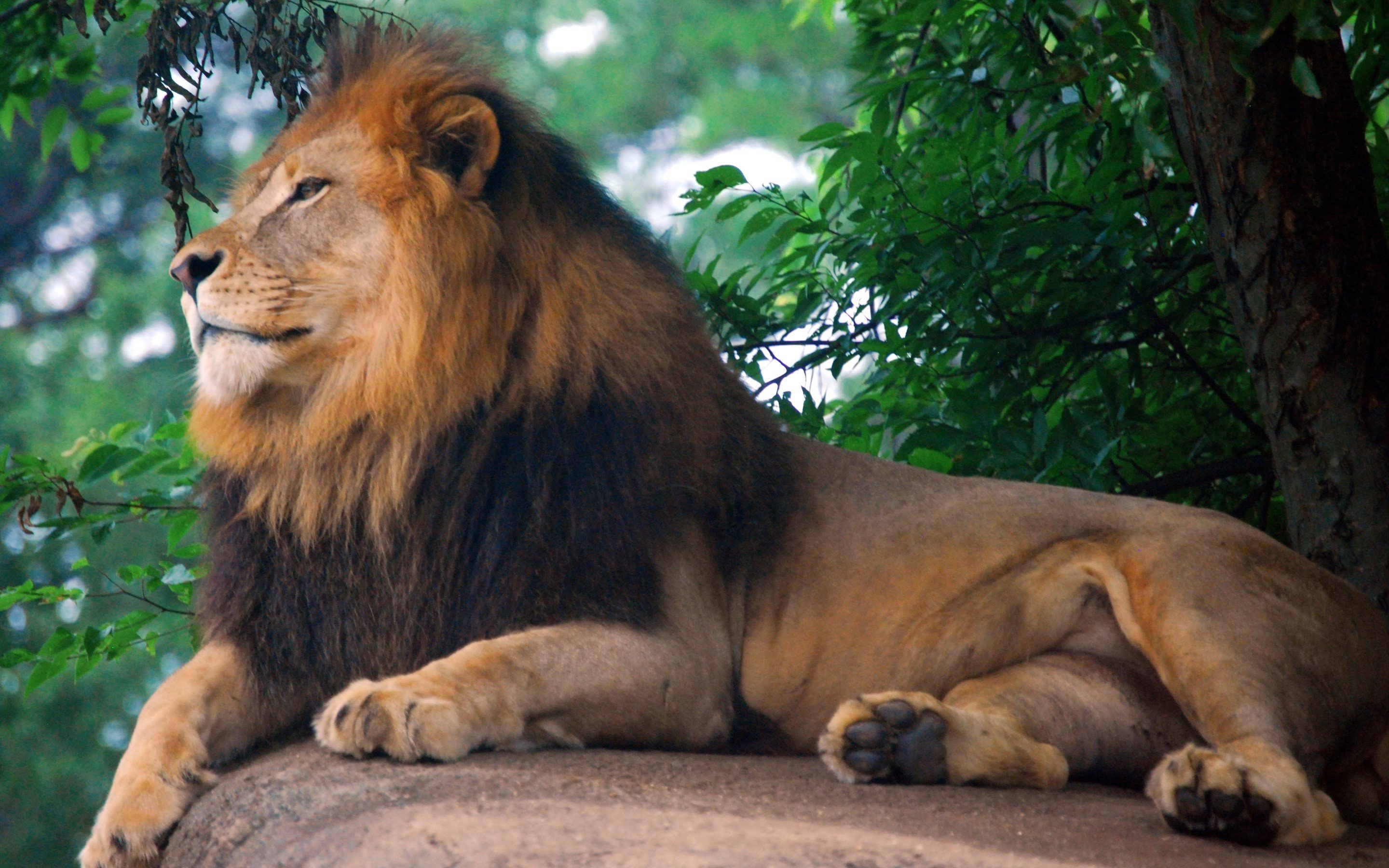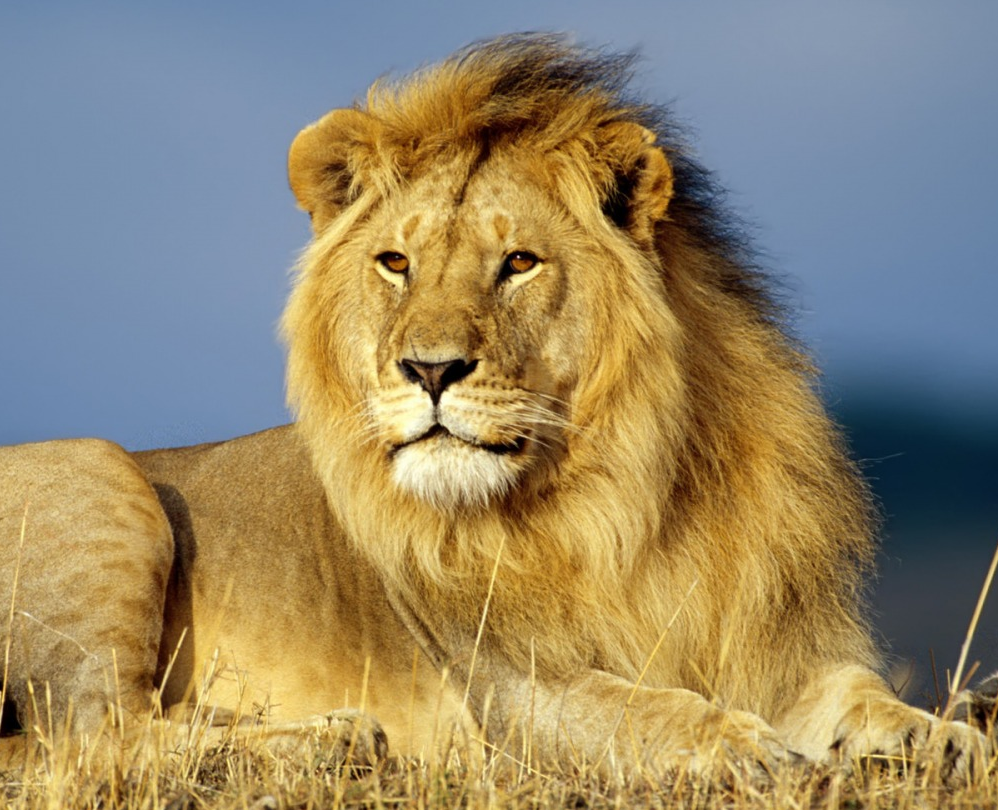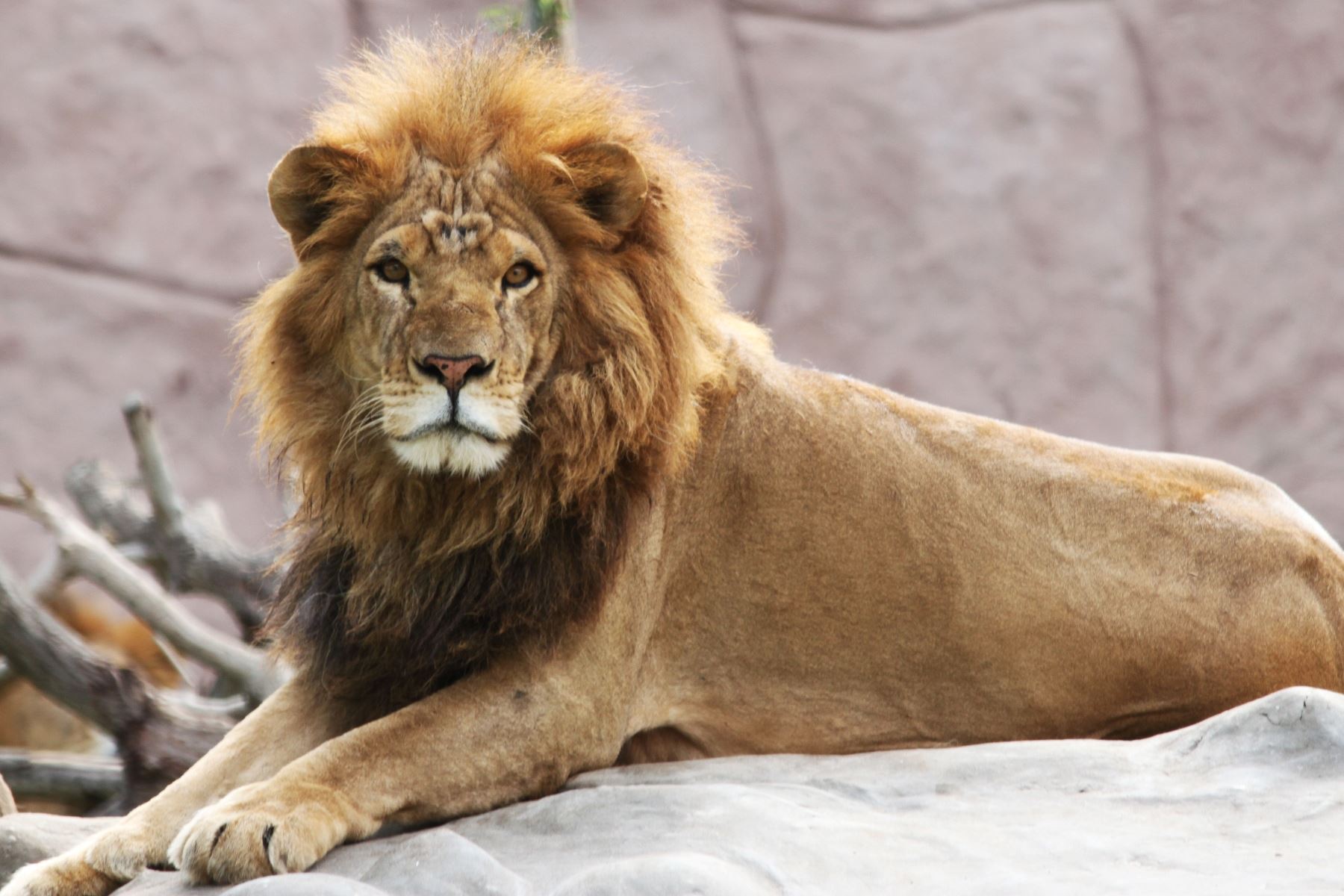León Marino - Getting To Know These Amazing Ocean Creatures
Have you ever stopped to think about the incredible animals that share our planet, especially those living in the vast, watery places? There's this really fascinating creature, often called a "león marino" or "lobo marino" if you're speaking Spanish, that truly captures the imagination. These are, in a way, some of the biggest eared seals you'll find, and it's quite something how different the males and females can appear from each other. They're a big part of the coastal picture in many places, and, you know, they have a lot of interesting things going on in their lives.
We're going to spend some time getting to know these wonderful sea dwellers a bit better. We'll chat about where they make their homes, how they fit into their natural surroundings, and what their daily routines are like. It's pretty cool, actually, to see how they manage their lives, from finding food to raising their young. They have a rather distinctive look and some very particular ways of living that set them apart.
So, too, we'll look at what they eat, how they hunt, and how they interact with others of their kind. And, of course, it's always important to consider if these animals are facing any difficulties and what's being done to help keep them safe for the future. You might be surprised by some of the things you learn about these remarkable ocean residents, honestly, they're quite special.
Table of Contents
- Getting Acquainted with the León Marino
- Where Do These Ocean Dwellers Make Their Homes?
- How Do León Marino Spend Their Days?
- What's on the Menu for a León Marino?
- Are León Marino Facing Any Hard Times?
- What Makes a León Marino Stand Out?
- How Large Can a León Marino Grow?
- Social Connections Among León Marino
Getting Acquainted with the León Marino
When we talk about the animals that call the ocean home, the "león marino" is a creature that often comes up. It's a type of eared seal, and they're pretty well-known for their size, especially the males. You know, they're often called "sea lions" in English, but the Spanish names, "león marino" or "lobo marino," give you a nice picture of them too. They are, essentially, a kind of sea mammal that eats meat, and they spend a good chunk of their time on the coasts in different parts of the world. It's pretty cool how they manage to live both in the water and on land, really.
What Exactly is a León Marino?
So, you might be wondering, what exactly makes a "león marino" what it is? Well, basically, they're a kind of aquatic mammal, part of a bigger group called pinnipeds. What sets them apart from, say, a common seal, is that they have these external ear flaps, which is pretty distinctive. And, you know, their fur is generally quite short. They're also able to turn their back flippers forward, which helps them move around on land a bit better than some other similar creatures. This ability to move on land, combined with their excellent swimming skills, makes them quite versatile. They are, in a way, perfectly suited for their semi-aquatic lifestyle, honestly.
Where Do These Ocean Dwellers Make Their Homes?
These remarkable creatures are found in coastal areas all over the globe, with the exception of the Atlantic Ocean, which is kind of interesting. You can spot them in a wide array of climates, from warmer spots to cooler regions. Their ability to adapt to different coastal environments is pretty impressive, actually. For instance, the Australian "león marino," known scientifically as Neophoca cinerea, makes its home along the southern coasts of Australia, especially on islands like Tasmania and Kangaroo Island. Then there's the California "león marino," which prefers the eastern North Pacific, living along the coasts of Mexico, the United States, and Canada. So, they're pretty spread out, in some respects.
The Many Places You'll Find León Marino
The places where "león marino" live really show how adaptable they are. For example, the Galápagos "león marino," or Zalophus wollebaeki, is a special kind of meat-eating mammal that lives only on the Galápagos Islands, which are about 1000 kilometers west of Ecuador in South America. Sometimes, you might even see them on Malpelo and Gorgona islands, too. This particular group has a population of around 50,000 individuals, which is pretty good. There's also the "lobo marino" (Arctocephalus pusillus), which is one of the types of "león marino" you can find in southern Africa and southern Australia. These are, in a way, the largest "lobo marino" around, with males often weighing over 220 kilograms and being more than 2.2 meters long. It's quite a range of places they call home, honestly.
How Do León Marino Spend Their Days?
The daily life of a "león marino" is quite something to observe. They are, basically, very social animals, and you'll often see them living together in large groups or colonies. This social structure is pretty important for them, you know. When it comes to mating season, the male "león marino" will pick out a spot on the coast and claim it as his own. He'll often get into tussles or show aggressive behaviors to make sure other males know who's boss in that area. This is how he sets up his group of females, which he'll then mate with. The way they organize themselves can vary a bit depending on the specific kind of "león marino," but this general pattern is pretty common. It's all about establishing dominance and finding mates, honestly.
Life on the Coast for León Marino
Once they arrive on the coast, the male "león marino" gets right to work defining his area to start the breeding time. This behavior is, in a way, a very important part of their life story. They're semi-aquatic, meaning they spend a good amount of time both in the water and on land, especially during these crucial periods. Their ability to move on land, thanks to those rotatable back flippers, helps them manage their territories and interact within their large social groups. They also have a unique way of communicating with each other, though the text doesn't go into detail about it, it's clear their social connections are quite important for their daily existence and reproduction. So, you know, their time on the coast is really busy and full of important activities, generally.
What's on the Menu for a León Marino?
When it comes to what a "león marino" eats, their diet is mostly made up of fish. They are, after all, meat-eating creatures. But, you know, sometimes they'll also munch on plants, which is a bit surprising for a carnivore, but it happens. The California "león marino," for example, enjoys a varied diet that includes fish, as you'd expect, but also mollusks and crustaceans. They're pretty skilled at finding their food in the ocean, using their excellent swimming abilities and senses to hunt. Their diet is, in a way, a reflection of what's available in their coastal environments, and they're quite efficient at getting what they need to survive and thrive. They're pretty good at catching their meals, honestly.
Are León Marino Facing Any Hard Times?
It's natural to wonder if these amazing animals are in any kind of trouble. While no "león marino" species are currently listed as critically close to extinction, some kinds have been put on the "endangered" list by the International Union for Conservation of Nature (IUCN). This means that, basically, their living places need protection, and hunting them is not allowed. The "lobo marino" (Arctocephalus pusillus), for instance, is considered a species of "least concern" by the IUCN, but its population is, in some respects, showing a downward trend, which is something to keep an eye on. So, while not all are in immediate peril, there are definitely concerns for some groups, you know.
Helping Keep León Marino Safe
The California "león marino," for instance, isn't considered an endangered species right now. However, it does get protection in United States waters under the Marine Mammal Protection Act. This is pretty important, as it helps keep them safe from harm. But, honestly, the California "lobo marino" does face some difficulties, mostly because of disagreements between humans and animals, and also because of changes in the climate. Sometimes, they are caught legally, with special permission, to be shown in circuses, zoos, and aquariums. They can also cause problems for people who fish by taking fish from nets. So, you know, there's a balance to be struck between human activities and keeping these animals safe and sound in their natural environments. It's a complex situation, really.
What Makes a León Marino Stand Out?
The "león marino" has some pretty distinctive features that help tell it apart from other sea mammals like seals and walruses. As we mentioned, one of the main things is that they have external ear parts that kind of hang down. This is a key difference from seals, which only have small ear openings. Also, a "león marino," unlike seals and walruses, can turn its back flippers forward. This might seem like a small thing, but it's actually a big deal for how they move around. It means they can lift their bodies up and walk on land more easily, which is why you often see them propped up on their flippers. This ability to move on land is, basically, one of their most remarkable physical traits, honestly.
Distinctive Traits of the León Marino
Beyond their ears and flippers, "león marino" have other unique characteristics. Their short hair is another feature that helps distinguish them. The Steller "león marino," for example, is thought to have a temperament that's a bit less friendly compared to other kinds of "león marino." However, this particular kind has been hunted and caught quite a lot by native people in Arctic areas as a way to survive, which is a rather sad fact. Its name comes from a German naturalist, zoologist, and explorer named George Wilhelm Steller, who, you know, was pretty important in documenting these creatures. These specific traits, from their physical makeup to their behaviors, really help us understand what makes each "león marino" kind special, generally.
How Large Can a León Marino Grow?
The size of a "león marino" can vary quite a bit depending on the specific kind. But, you know, generally speaking, the male is a good deal bigger than the female. A male can measure anywhere from about 2 to 3 meters in length, and his weight can swing from 200 to a massive 1,000 kilograms. That's a pretty wide range, honestly. The female, on the other hand, is usually between 1.3 and 2.7 meters long, and she weighs roughly 50 to 270 kilograms. So, there's a significant difference in size between the sexes. The California "león marino," for instance, is considered the largest representative within the "león marino" group, possessing a rather impressive size and a striking appearance. Their body dimensions can actually go beyond 1,000 kilograms in weight and more than three meters in length, which is just huge, really.
Social Connections Among León Marino
As we talked about a bit earlier, "león marino" are animals that truly enjoy being around others of their kind. They are, essentially, highly social, and it's very common to see them living in large groups or colonies. This social structure is pretty important for their daily lives, as a matter of fact. They communicate with each other in various ways, though the specifics aren't detailed here, it's clear that their interactions are a big part of how they live. This group living helps with things like finding food, protecting themselves from predators, and, of course, reproducing. The way they organize their society, with males establishing territories and gathering females, shows a complex system of social interactions. You know, their behavior and social structure are pretty fascinating to observe, honestly, it's quite a dynamic setup.
So, we've taken a look at the "león marino," these amazing ocean creatures. We've talked about what they are, where they live around the world, and how they spend their days. We also touched on what they like to eat and some of the things that make them unique. And, of course, we considered some of the challenges they might be facing and efforts to help keep them safe. It's clear that these animals, from their distinct features to their social ways, are truly a wonder of the natural world.
- Balenciaga Hair Clips
- Whos The Boss Episode Guide
- Mid Century Modern Magazine Rack
- Christmas Story Pictures
- Dylan Paige

León en la selva Fondo de pantalla ID:42

León | Wiki Reino Animalia | Fandom

Visita el Parque de las Leyendas y conoce al verdadero rey león